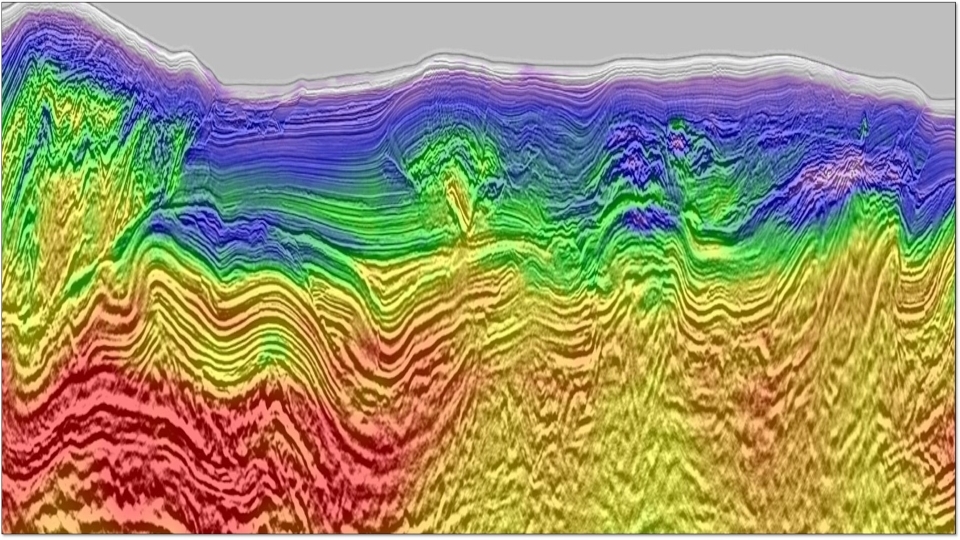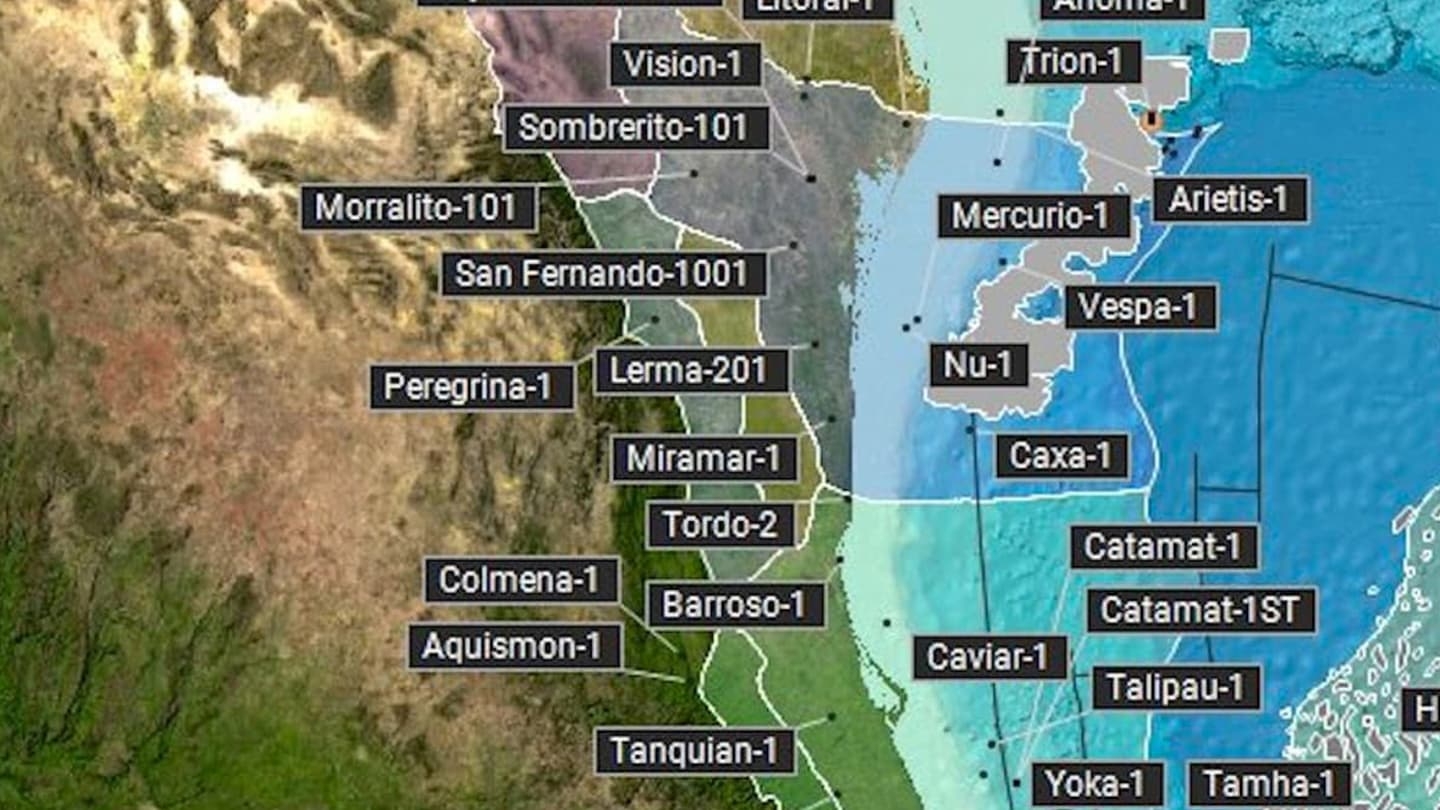Although the resolution of a seismic image is ultimately bound by the spatial and temporal sampling of the acquired seismic data, the seismic images obtained through conventional imaging methods normally fall far short of this limit. Conventional seismic imaging methods take a piecemeal approach to the imaging problem, with many steps designed in preprocessing, velocity model building, migration, and post-processing to solve one or a few specific problems at each step. The inefficacies of each step and the disconnects between them lead to various issues, such as velocity errors, residual noise and multiples, illumination holes, and migration swings, that prevent conventional imaging methods from obtaining a high-resolution image of good S/N and well-focused details. In contrast, full-waveform inversion (FWI) Imaging, which models and uses the full-wavefield data, including primaries and multiples, reflections, and transmission waves, to iteratively invert for the velocity and reflectivity in one go, is a systemic approach to address the imaging issues. FWI Imaging has proven to be a superior method over conventional imaging methods for providing seismic images of greatly improved illumination, S/N, focusing, and thus higher resolution. We demonstrate with a towed-streamer data set and an OBN data set that FWI Imaging with a frequency close to the temporal resolution limit of seismic data (100 Hz or higher) can provide seismic images of unprecedented resolution from the acquired seismic data, which has been impossible to achieve with conventional imaging methods. Moreover, incorporating more accurate physics into FWI Imaging, for instance, upgrading the modeling engine from acoustic to elastic, can substantially improve the seismic resolution further. Elastic FWI Imaging can further reduce the mismatch between modeled and recorded data, especially around bodies of large impedance contrast, such as salt, and appreciably improves the S/N and therefore the resolution of the inverted images. We show with an OBN data set in the Gulf of Mexico that elastic FWI Imaging further improves the resolution of salt models and subsalt images over its acoustic counterpart.
Download Resource 
Publications
The Leading EdgeAuthors
Zhiyuan Wei, Jiawei Mei, Zedong Wu, Zhigang Zhang, Rongxin Huang, Ping Wang





